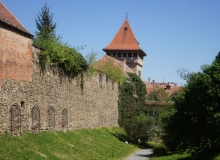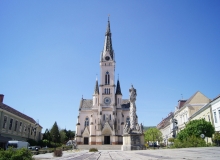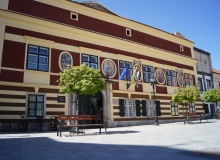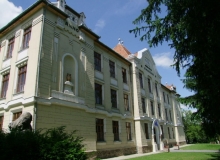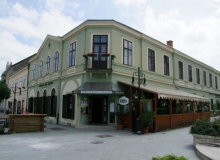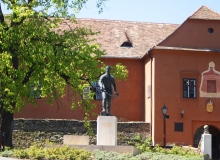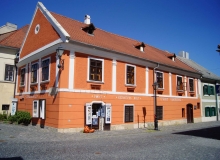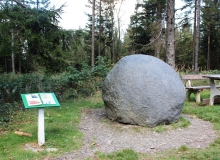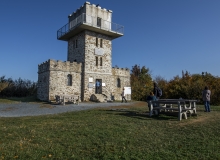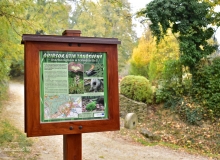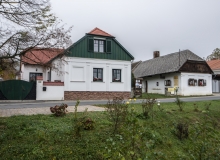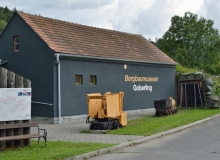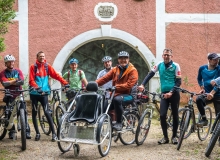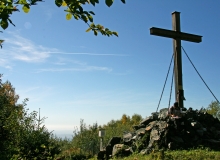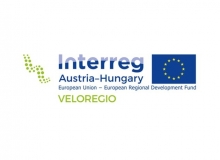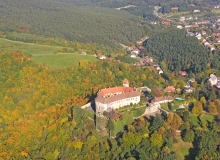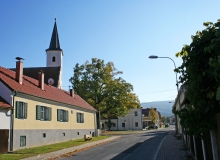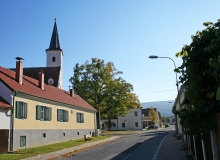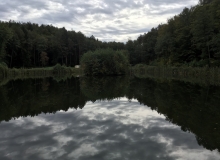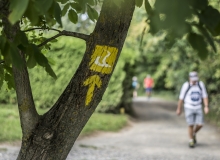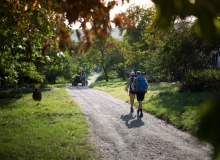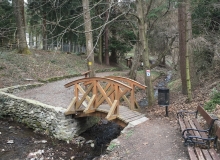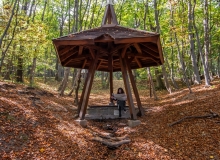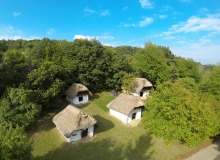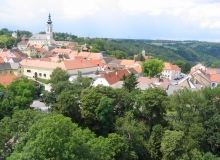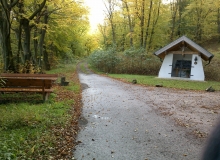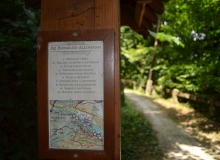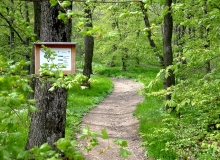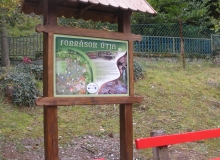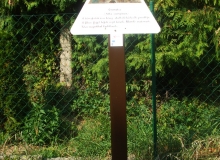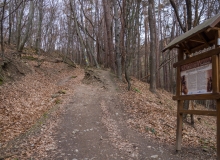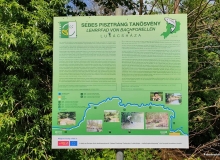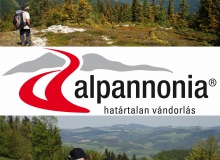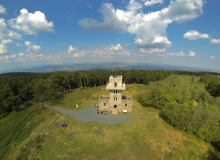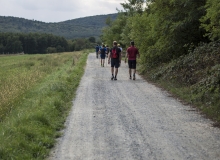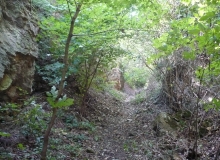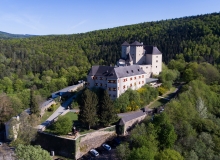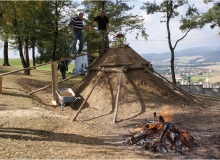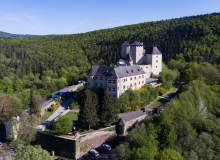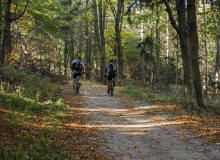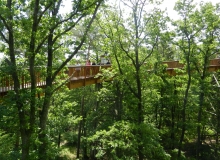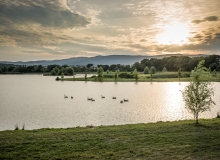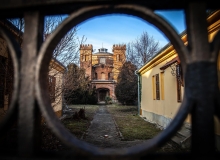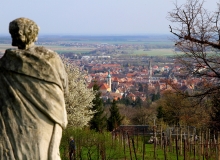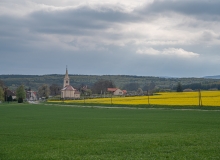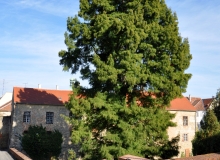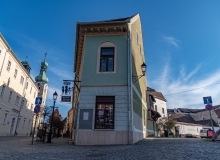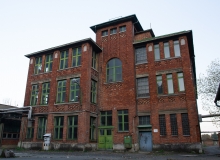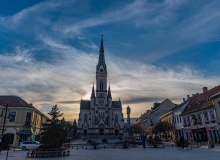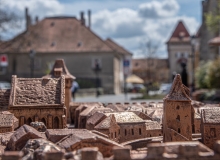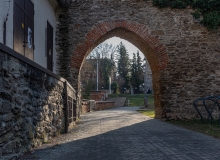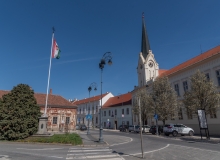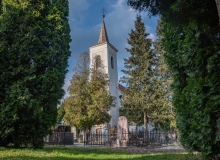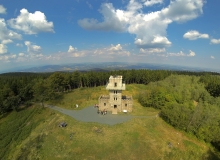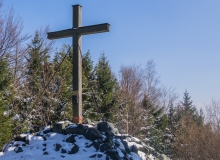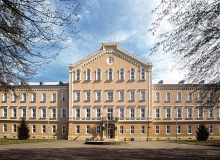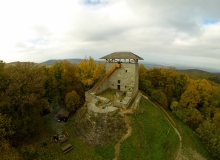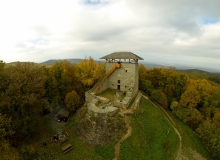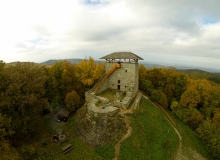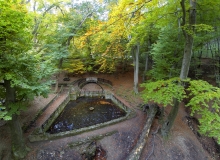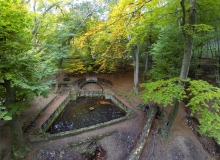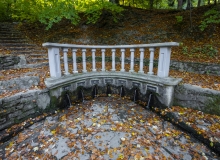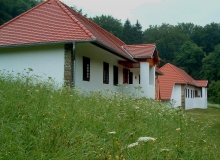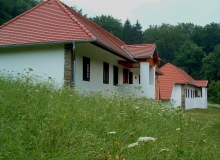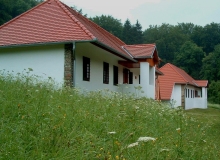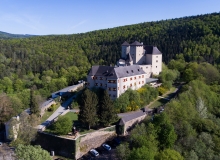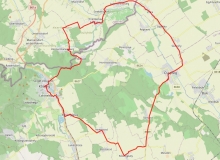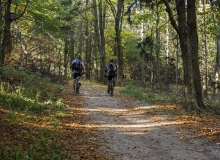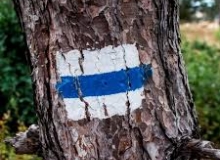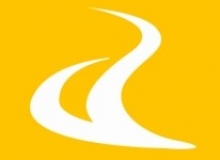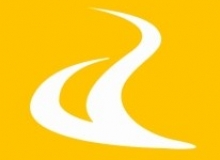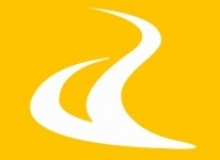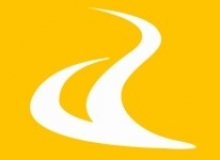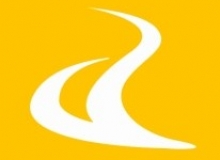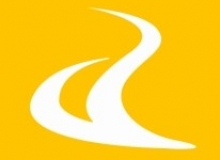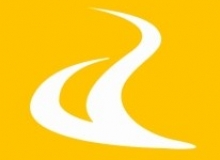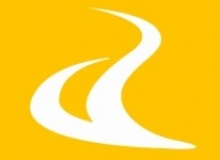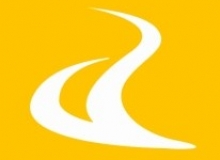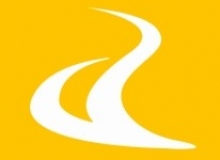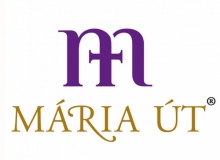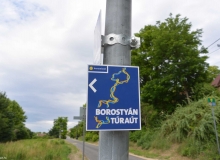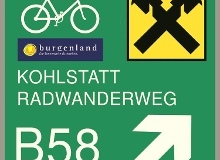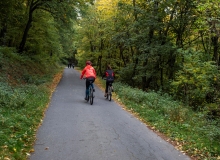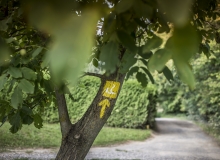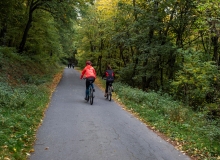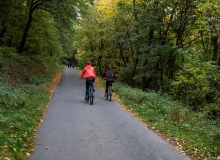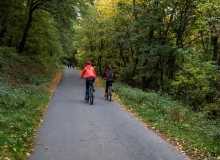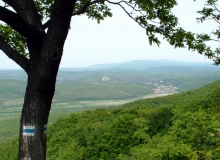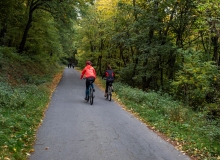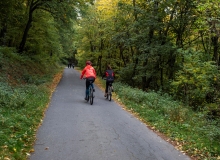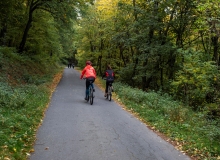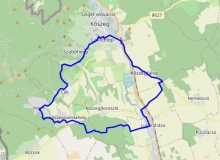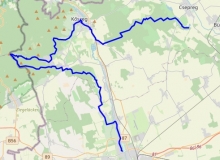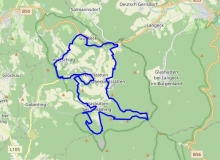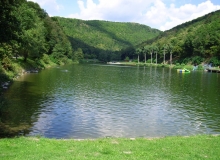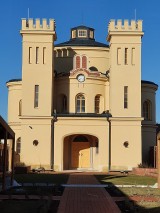Walk to important sacred sites
The first churches were built at the time when Kőszeg was promoted to the rank of royal town.
The first churches were built at the time when Kőszeg was promoted to the rank of royal town. In the seigniorial castle a chapel was established, while in the town a church and a convent were given to the Franciscan friars. They were demolished in a siege led by the Austrian Prince Albert in 1289. St. James’ Church started to be built in the 14th century. In the first half of the 16th century, all of the residents were captivated by Martin Luther’s teachings. They established a Hungarian and a German congregation, each having their services in their own languages. The former one emerged as a new church at the beginning of the 17th century. One and a half centuries later, both churches were converted to Catholicism. The monarch and his supporters felt assured that the values of the Counter-Reformation could be maintained by settling Jesuit monks in the area. Lutheran priests, who were banned from the town, could only hold their services in Nemescsó. Protestants were permitted to return to Kőszeg in accordance with the Patent of Toleration issued by Joseph II.
Although free royal towns excluded Jews from their territories until 1840, Jews were permitted to build a house of worship (synagogue) in the 1850s. Few in numbers, the Calvinists established an independent community in the first third of the 20th century.
Térkép
Látnivalók
1. Saint Florian Statue, Flórián tér GPS: 47.387633 / 16.539510
In medieval towns Saint Florian had a special respect. The late baroque style sculpture was done in 1810. At the feet of the saint one can see the court of arms of Kőszeg. The biggest fear of the medieval towns are the pests and the firestorm. The closely knit wood-covered houses gave the ’read cock’ further in qucik minutes.
The respect for Saint Florian started in the 15th century. In the 18th century there were more large fires in Kőszeg, the biggest of all in 1877 and 1878. Florian had a sculpture at the upper gate, where his day was celebrated. In 1721 a bell was consecrated to him, and in 1778 the Magistrat ordered daily prayer to him for every citizen! The new sculpture was consecrated in 1810.
The modern age fire association of Kőszeg celebrated its 150th Anniversary in 2018 – also at the Sculpture of Saint Florian!
2. Jesus’ Heart Church, Fő tér GPS: 47.387899 / 16.540970
The neogothic historicizing Church with its 57 m tower is the highest building in town. Building works started in 1892 following the plans of Ludwig Schöne. Kőszeg has grown by the early 19th century, so a new and larger parish church was needed. In 1849 Johannes Győri local vicar dedicated most of his wealth to a new parish church. Presents and donations were collected for decades. Baron Phillip Schey, who donated the new Synagoge and the Lutheran church of the neighbouring city Szombathely, gave strong support to the initiatve. The site was bought in 1889: three former buldings, among them the Golden Crown Inn was buoght and ruined. Bulding works started in 1892 following the plans of Ludwig Schöne, the well known viannese architect of the age.
The 57m tower of the neogothic building is the highest manmade point in town. The tower can be visited twice a year, among the other hidden treasures of Kőszeg – end of March, and end of September. The majestic colourful inner painting of the church are due to Otto Kott, viannese master. He used more than 10.000 eggs for the paint! The furnishing is also valuable. Especially beautiful are the radiating stained-glass windows. Patron Saints of the donating families can be seen, among them almost a full pantheon of the Hungarian Saints. The Organ is the work of brother Rieger and was installed in 1894
3. The Holy Trinity Sculpture, Fő tér GPS: 47.388057 / 16.541538
It may also be called as a Pest-sculpture, as it was donated for the souls of those who died in the pest epidemic after the Rákóczi freedom fight. It was erected in 1713, it was carved by Servatius Leithner, a master from Sopron.
4. Mary Statue, Jurisics M. tér GPS: 47.388957 / 16.540924
The Maria Sculpture was erected in 1739 in times of the contra-reformation, serving as symbol of the local Maria-cult. It was prepared by the donation of City of Kőszeg by master Lorenz Eisenköbel. Orginally three more figure stood on the sculpture: St. Anna, St. Joachim and St. Joseph –they were taken away in 1912. In 1740 a great epidemy avoided the city, so the Magistrat order annual musical liturgy in front of the sculpture. In 2011 at the renovation of the square, a falling tree pulled down the sculpture, which was renovated after.
5. St. Emeric’s Church, Jurisics M. tér GPS: 47.389194 / 16.540558
The Church was built between 1615-1618 from the donations of the citizens to serve the Hungarian protestant community. It was given over to the catholics in 1673. As concerning the Saint Emmerich titel, it was given in 1703 by the Wienerneustadter bishop. After the arrival of the Jesuits, it became the parish church of Kőszeg for more then 100 years. The building is of gothicizing style, willingly figuring the elements of the neighbouring Saint James church. The main altar owns a Saint Emmerich painting, with St. Petrus and St. Paulus beside, while on the two sides of the Altar the two Hungarian royal saints, St. Stephanus (also the father of Emmerich) and St. Ladislaus are standing. The Altar is the work of Stephan Dorfmeister, the younger. Today, the Church stays under the care of the Croatian Community Government of Kőszeg.
6. St. James’ Church, Jurisics M. tér GPS: 47.389406 / 16.540378
The current Saint James Church was built on the turn of the 14th & 15th centuries. It carries both gothic and baroque charachteristics, and was built on the site of former cloister and church ruined at the end of the 13th century. The headstone shows the coat of arms of the historical Garai family. At times of the reformation, first the german and hungarian communities used the church together as parish-church of the town. Later it belonged only to the german community, while the Hungarian-language lutheran community built and visited the neighbouring Saint Emmerich Church.
At the time of counter-reformation, the jesuit order was settled into Kőszeg and received the Church by the Habsburg court. Later it went to the piarist, then to the benedictine order. In 1653 the protestants ruined its medieval altars. The baroque main facade was installed after the firestorm in 1700. In 1937 the valuable medieval frescoes of the Maria in Mantel, the Saint Christophorus and the Three Kings were found. The Maria sculpture standing ont he main altar is originated from the 15-15th century. The church gave place to the burial of reknown historical families. Among others, the two young children of Nicolaus Jurisich, Captain against the great Ottoman Siege were also buried here.
7. Reformist Church, Táncsics M. u. GPS: 47.390237 / 16.544470
On 26 September 1993 was the foundation stone of the church layed, ont he 60th anniversary of the founding of the community. This act was decesive not only in the life of the small reformist Kőszeg community, but also in the modern protestant architecture history. The church is a beautiful monument of the modern organic Hungarian architecture initiated by Imre Makovecz. The church that was consecrated in 1996, was planned by György Csete, who is an architect with highest distinctions (Kossuth prize, Ybl prize, Prima Primissima prize and Hungarian Arts Academy prize).
The building have two storeys. The sacral space forms a yurt (figuring a traditional Hungarian and old testament tent from the ancient times). It is headed by a glass cupola. The reformist star is a reccuring element both int he structure of the building as well int he wooden furnishing. This main room is approached through a staircase forming human arms. Underneath one can find the functional rooms. Community events and also exchibitions invite visitors to this beautiful modern church.
8. Synagogue, Várkör 38. GPS: 47.391293 / 16.541553
The former Synagoge under Várkör str. 36 was built in 1856 in romantic style. Baron Phillip Schey donated the funds for the building, who also supported the first kindergarten and the first poor-house in Kőszeg. The building is surrounded by the Rabbi-house and the community elementary school building. The Holocaust ruined the Kőszeg jewish community. The Synagoge was not used since 1951. New religious jewish community was established in 2016. The renovation of the Synagoge has already started with the support of the Hungarian state. Research and museum functions will also be part of the complex.
9. Lutheran Church, Várkör 44. GPS: 47.391672 / 16.540416
The evangelist church int he courtyard of Gyöngyös street No.26 was built in 1783 in late baroque style. It forms an organic unit with the surrounding evangelist buildings. It is one of the nicest evangelist church int he region, that creates an organic order with the later built neighbouring institutions: the convent house, the liceum, the vicarage, the primary school and the bell-tower.
The separate bell-tower of the church was built later, in 1930, and this is the only part of the church that can be seen from the street.
According to the rules at the time of the bulding in 1783, the church was not allowed to be built onto the street and couldn’t have tower. This lends an intimate athmosphere today to the church in the church garden. The building is a charachteristic barn-church, where a wooden gallery increases the capacity. The church furnishing is traditional, with a late baroque altar-piace and the organ prepared in 1784.
As time passed, a real evangelist centre developed here. Vicarage, primary school, secondory school, community rooms and hospital was built around. The bell-tower erected in 1930 is the first realized element of the then planned new, larger evangelsit church. The great economic crisis blasted the hopes, only the elementary school bulding (today kindergarden) was built fully.
10. Calvary Church, Kálvária-hegy GPS: 47.398239 / 16.529714
The Calvary Church has a breathtaking view from the inner city, especially from under the Heroes Tower. The Calvary Church was built between 1729-1734 on top of the Calvary Hill. There stood a cross on its place in1686, and a Chapel to Saint Donatus was built beside in 1715. The church was built with the leading role of the jesuit priests, the foundation stone was laid in 1729. The local legend says that each 70 thousands bricks were carried up in the very hands of the Kőszeg inhabitants. Furnishing took a few more decades. Daily care of the curch was provided by the Hermits living there even until 1847. One of them was graf Henrik Weiss, where painted the frescoes of the church. In 1947 a fire ruined the furnishing, that was made up from Ják. The calvary stations were defined in 1686, the first carved pictures from 1763 even can be seen as part of the church fence. The current station-cabins were installed in 1890.
The Calvary Hill is one of the most favourite touristic sights of Kőszeg. The view of the inner city is unparalleled from here, and routes lead to the Trianon Cross, the Suleiman Tower and to the Seven-Wells from here.
Fordítás (angol nyelvre): Keresztes Nóra, Angol nyelvi lektorálás: Eliza Plous
Fordítás (német nyelvre):
További városnéző séták
